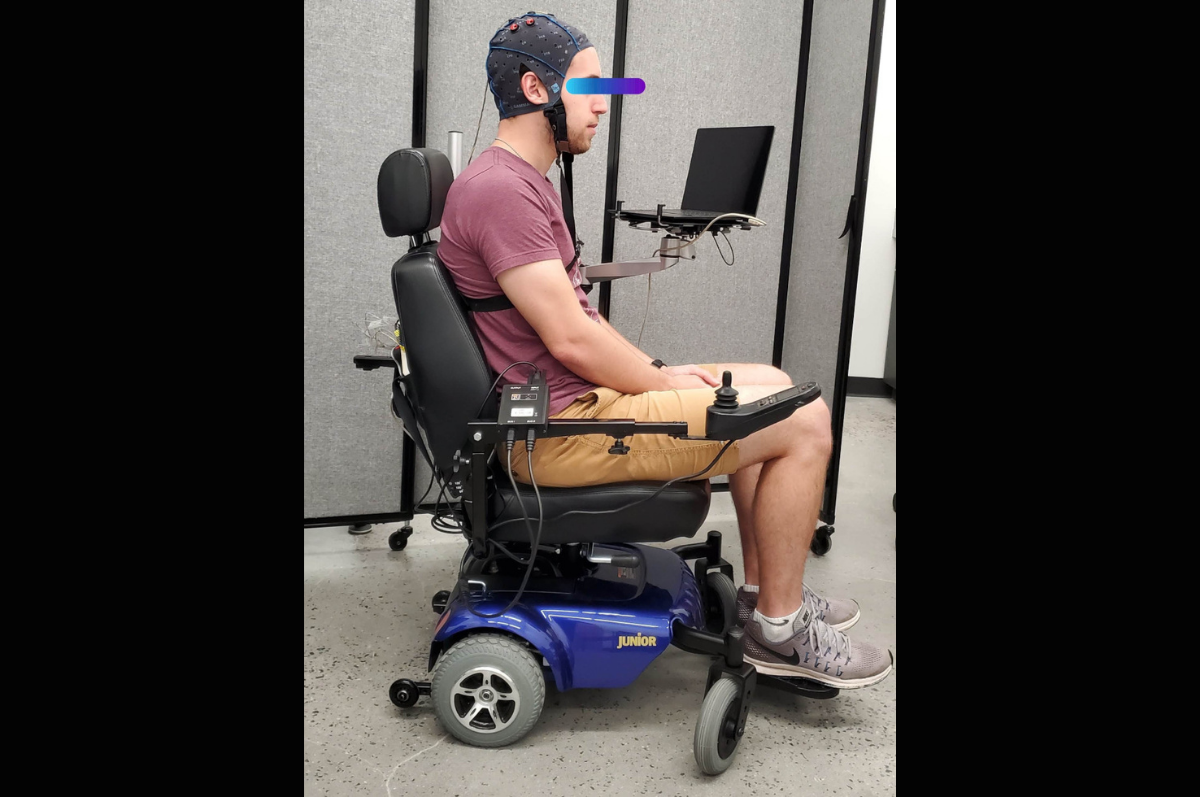The Industrial and Systems Engineering (ISE) program at NC State is working on new research projects to better understand the human mind and brain. These programs include the brain-controlled robotic wheelchair project, the causal modeling project and more.
Jiali Huang is a fifth-year Ph.D. student in the ISE program. She is working on a dynamic causal modeling project that can better help the understanding of mental illness.
“I’m trying to investigate the directional connection of your mind when you’re going through either a cognitive task or your mind is just wandering around,” Huang said. “This could help us better understand either a psychological problem or mental illness, or just how you go about your everyday [life].”
Huang said she chose the ISE department because of her love for Raleigh and the opportunity offered in the ISE department.
“I think a lot of us chose the ISE department because this is a very interdisciplinary kind of field,” Huang said. “No matter what you studied at the [undergraduate] college level, you get to explore at the graduate level.”
Zach Traylor is a second-year Ph.D. student in the ISE program. He is working on the brain-to-brain interfacing project and the brain-controlled robotic wheelchair, which has the goal of allowing someone who is fully paralyzed to control a wheelchair just through mind control.
“The robotic wheelchair is an application of one of the main focuses of our lab, which is brain-computer interfacing,” Traylor said. “We take this sort of brain activity, and we turn it into a physical response. … The idea here is that someone who is fully paralyzed, but still has complete mental faculties, would be able to control it around just like they would a normal wheelchair… Think the Stephen Hawkings of the world. Rather than using tiny little cheek muscles, you can use just thought.”
According to Traylor, the biggest obstacle with this project specifically is accuracy.
“The system that we have that detects your brain activity and converts it into moving in the wheelchair is a little hit or miss at the moment,” Traylor said.
The ISE department has a partnership with the North Carolina Spinal Cord Injury Association, so local groups of people who are wheelchair-bound due to spinal cord injuries often participate in the research of the robotic wheelchair. Because of this, the department is trying to make the device more accurate.
“We’re in the process of fine tuning it and adding safety features like proximity detection, so you could not crash into something even if you wanted to,” Traylor said. “We are making sure that everything is as safe as it can be, so that we can place a participant in the chair.”
Similarly to the robotic wheelchair project, Traylor is working on the brain-to-brain interfacing project (B2BI). This requires the department to use “magnetic stimulation” to send information from one person’s brain to another.
“A very simple example of this would be if you and I were connected, and you imagine clenching your right hand, it will make my right hand clench,” Traylor said. “We’re looking to go beyond that. For example, what if we can send information back so that the two of us could almost communicate through this brain to brain interface.”
The department is running into similar problems with accuracy for the B2BI project as the wheelchair project.
Both Traylor and Huang are students in the Human Systems Engineering subsection of the ISE department. The ISE department does accept undergraduates for research, and if anyone is interested in being involved with the ISE department, they should contact Dr. Chang Nam.













